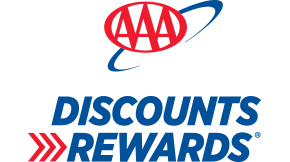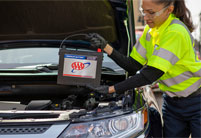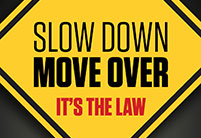'Tyranny of touchscreens' in cars may be ending
'Tyranny of touchscreens' in cars may be ending

In the center of the dash of virtually every vehicle sold today is a control screen—an infotainment system—that uses finger touches and physical knobs and buttons to manage phone calls, music, radio channels, navigation, the cabin climate, and other settings such as ADAS controls.
Infotainment systems have been around for at least two decades, during which time they’ve become increasingly complicated. Screens have steadily become larger—sometimes spanning the entire dash—as automakers have added more and more features, such as Apple CarPlay and Android Auto.
As a result, the trend has been to rely more and more on searching for and touching icons on the screen to accomplish tasks and less and less on pressing a physical button or turning a knob. But “the tyranny of touchscreens may be coming to an end,” says Christopher Mims, tech columnist at The Wall Street Journal. Automakers are beginning to reintroduce buttons, knobs, and dials to dashboards and steering wheels.
And that’s arguably a good thing, for two related reasons: First, using buttons and knobs is easier, quicker, and more convenient. Second, those qualities make using an infotainment system less distracting—and therefore safer.
The Auto Club’s Automotive Research Center (ARC) recognizes the positive and negative aspects of infotainment systems—that they’re both a source of convenience and enjoyment and also a potentially dangerous source of distraction.
This year, for the first time, ease-of-use is one of the 15 criteria the ARC uses for evaluating the vehicles it tests.
Based on the ARC staff’s review of numerous infotainment systems, here’s what to look for when you purchase your next vehicle:
- An easy-to-use interface, a large, high-resolution display with icons that can be identified quickly and are within easy reach of the driver.
- A dedicated shortcut button, which allows you to access a frequently used function, such as finding a specific radio station, without having to navigate through multiple menus.
- Physical controls, which are more intuitive and quicker to use, enabling drivers to keep their eyes on the road. This feature is especially important for safety-related functions, such as windshield wipers.
- Separate climate controls. Because climate controls are a frequently used function, it’s much easier (and safer) to access them directly rather than as a subset of another function.
Car dashboards have gotten more technical, but one thing that remains simple is contacting AAA for roadside assistance. And with the AAA Mobile app, help is just a few clicks away. Get the AAA Mobile app today.










